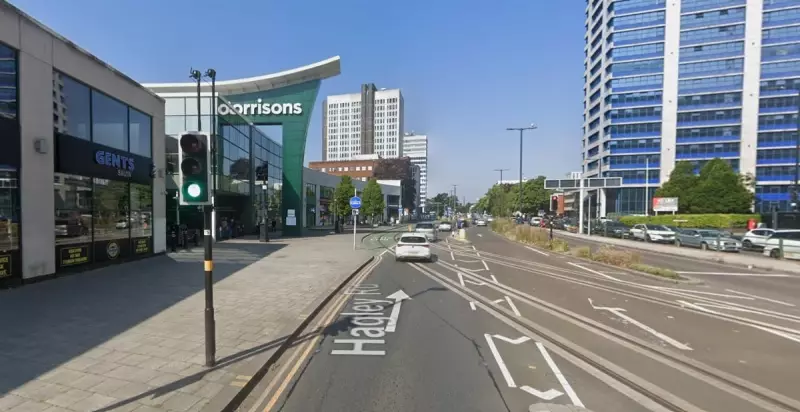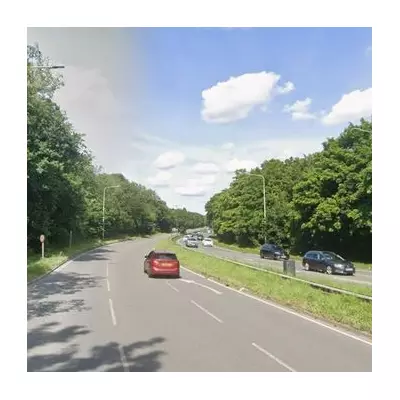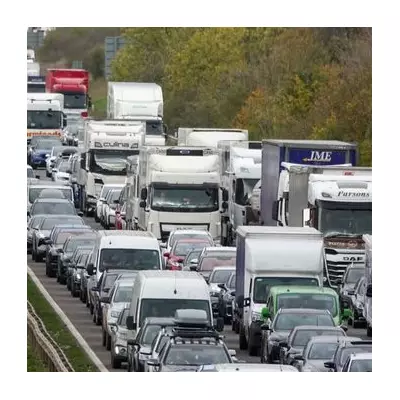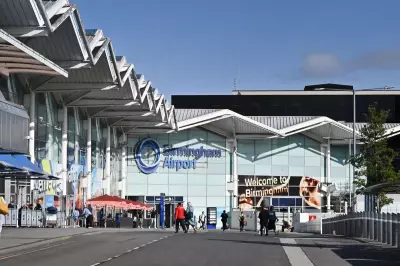
A major transformation of one of Birmingham's key transport arteries has ignited a fierce debate across the city, pitting cycling advocates against frustrated motorists in a battle over the future of urban travel.
The £1.2 Million Gamble
The controversial scheme along Hagley Road has seen the installation of new segregated cycle lanes between St Augustine's Catholic Church and St John's Close, representing a significant investment in the city's cycling infrastructure. This ambitious project forms part of Birmingham's broader strategy to promote active travel and reduce carbon emissions.
A Tale of Two Commutes
Local cyclists are celebrating what they describe as a "game-changing" improvement to their daily journeys. "For the first time, I feel safe cycling with my children along this route," one parent told local reporters, highlighting the perceived safety benefits of the segregated lanes.
However, the reception from motorists tells a different story. Many report significantly increased journey times and frustration at the reduction of road space for vehicles. The scheme has effectively removed one lane of traffic in each direction, creating bottlenecks during peak hours.
The Council's Vision Versus Public Reality
Birmingham City Council defends the project as essential for meeting climate targets and creating a more balanced transport network. Officials point to the growing number of cyclists using the route as evidence of the scheme's success.
Yet critics question whether the benefits justify the disruption. Some local businesses express concern about reduced passing trade, while public transport users report buses caught in the same congestion as private vehicles.
The Road Ahead
As Birmingham continues to grapple with its transport future, the Hagley Road scheme serves as a microcosm of the wider challenges facing UK cities. The fundamental question remains: can traditional car-centric infrastructure be successfully reconfigured for a more sustainable future, or do such projects simply shift congestion rather than solve it?
The debate raging along this Birmingham corridor will likely influence transport policy across the region for years to come, making it a crucial test case for the future of urban mobility in Britain's second city.





